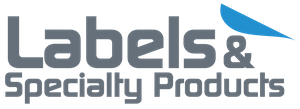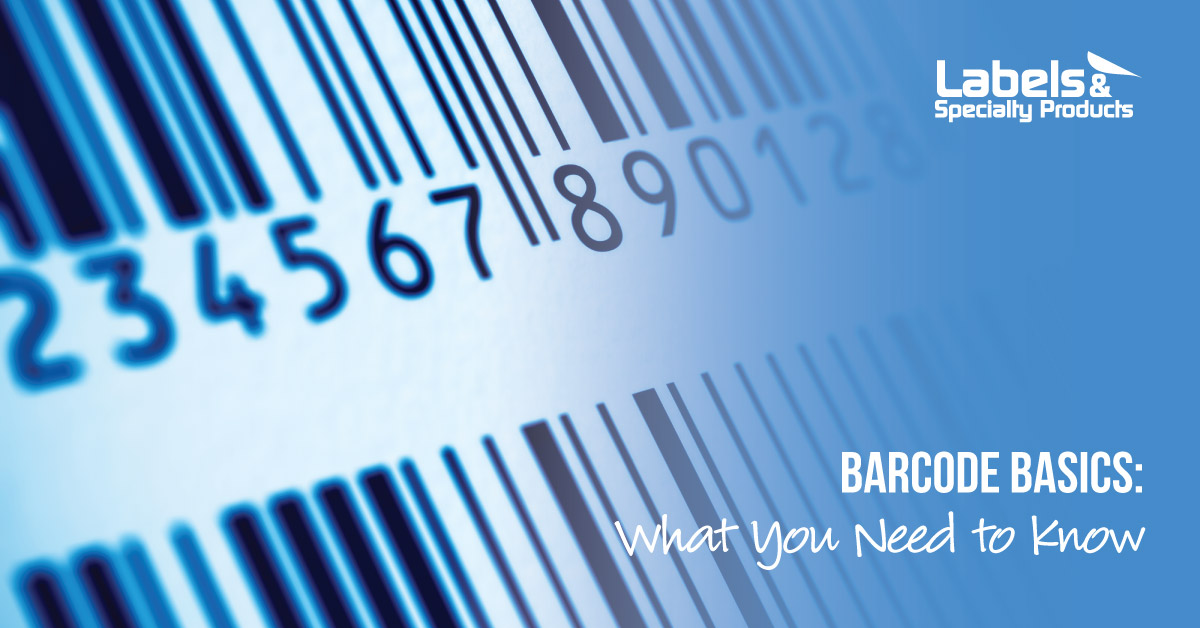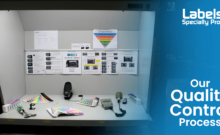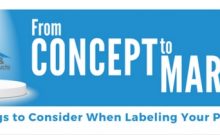Your product label’s UPC barcode may not offer the same artistic impact as your logo or typography, but it plays an important role for manufacturers and retailers. An accurate barcode and UPC make it easy for you or a vendor to scan your labels and sell your products. They’re also often required for tracking purposes in the global supply chain. Here’s what you need to know to ensure that your barcodes and UPCs are market ready.
What is a UPC Barcode?
While working towards the same goal, a barcode and a UPC are two different features that join together to identify your product. “UPC” stands for Universal Product Code, a unique 12-digit number assigned to retail merchandise that identifies both the product and the vendor. The barcode is the same number in a machine-readable format.
The 12-digit code represents three types of data:
- First six digits – UPC company prefix or manufacturer identification number
- Middle five digits – item number
- Last digit – check digit
Manufacturers must obtain a unique GS1 Company Prefix by joining GS1, an international non-profit organization responsible for maintaining UPC bar code standards. Once approved, a manufacturer can pay an initial fee and an annual maintenance fee to become a part of the UPC system. The unique manufacturer identification number will be used for all future barcodes.
While the item number is specific to each product, the manufacturer holds responsibility for issuing those numbers and preventing duplication of numbers for different SKUs. The check digit number is a single number to ensure the integrity of your barcode. You can generate the exact number for a product using GS1’s check digit calculator.
How to Design a Quality UPC Barcode
Barcodes are graded on an A to F scale to determine whether a code will scan easily and offer enough readability to prevent product returns, packaging waste, and costly reprints. Here are some important considerations to ensure they work properly with scanners.
Maintain a Quiet Zone
Every barcode contains a blank margin called a “quiet zone.” It’s an empty space in which text, graphics or print should be avoided. This helps to ensure that barcode readers don’t pick up information that might interfere with scanning and result in an error.
A common reason for barcodes to fail is because of inadequate quiet zones that confuse barcodes with other print. The general sizing rule for a minimal quiet zone typically follows the larger of these two measurements:
- 10 times the width of the narrowest bar in a barcode
- An eighth of an inch
Choose High-Contrast Colors
The important thing to remember when selecting colors for a barcode label is contrast. White backgrounds and black barcodes are the most recommended color combination primarily because scanners have difficulty reading yellow and red. Scanners read barcodes best when the background reflects light and the bars do not. If you decide to use a color combination that’s not basic white background/black bars, we suggest testing the barcode label using several types of scanners to ensure readability.
Consider Barcode Size for Readability
For UPC barcodes, sizing matters for both scanner readability and specific product label size. Typically, larger barcodes are easier to scan, but design and available label space are determining factors as well. Barcode size can be adjusted anywhere between the following minimum and maximum recommended sizes:
- Minimum – 1.175” wide by .816” high
- Maximum – 2.938” wide by 2.04” high
Send for Print in the Correct Format
Just like art files ready for print, you want to be sure that you’re not sending your UPC barcodes to your printing company as an incompatible file type. In addition to sending art files for your label, you’ll also need to send the barcodes in one of the following forms:
- An Adobe PDF or EPS of the barcodes
- An Excel document with a list of UPC numbers
- An image file of the barcode
Find a Printing Company to Ensure Your Barcodes are Ready for the Market
At Labels & Specialty Products, we understand that even the smallest details in preparing a UPC barcode for a product label can impact your overall investment. We take all the necessary steps to ensure that your barcodes work properly. If we notice any problems, we’ll work with you so that the issue is resolved quickly. Ready to invest in quality product labels for your business? Contact us today to discuss your next labeling project.




